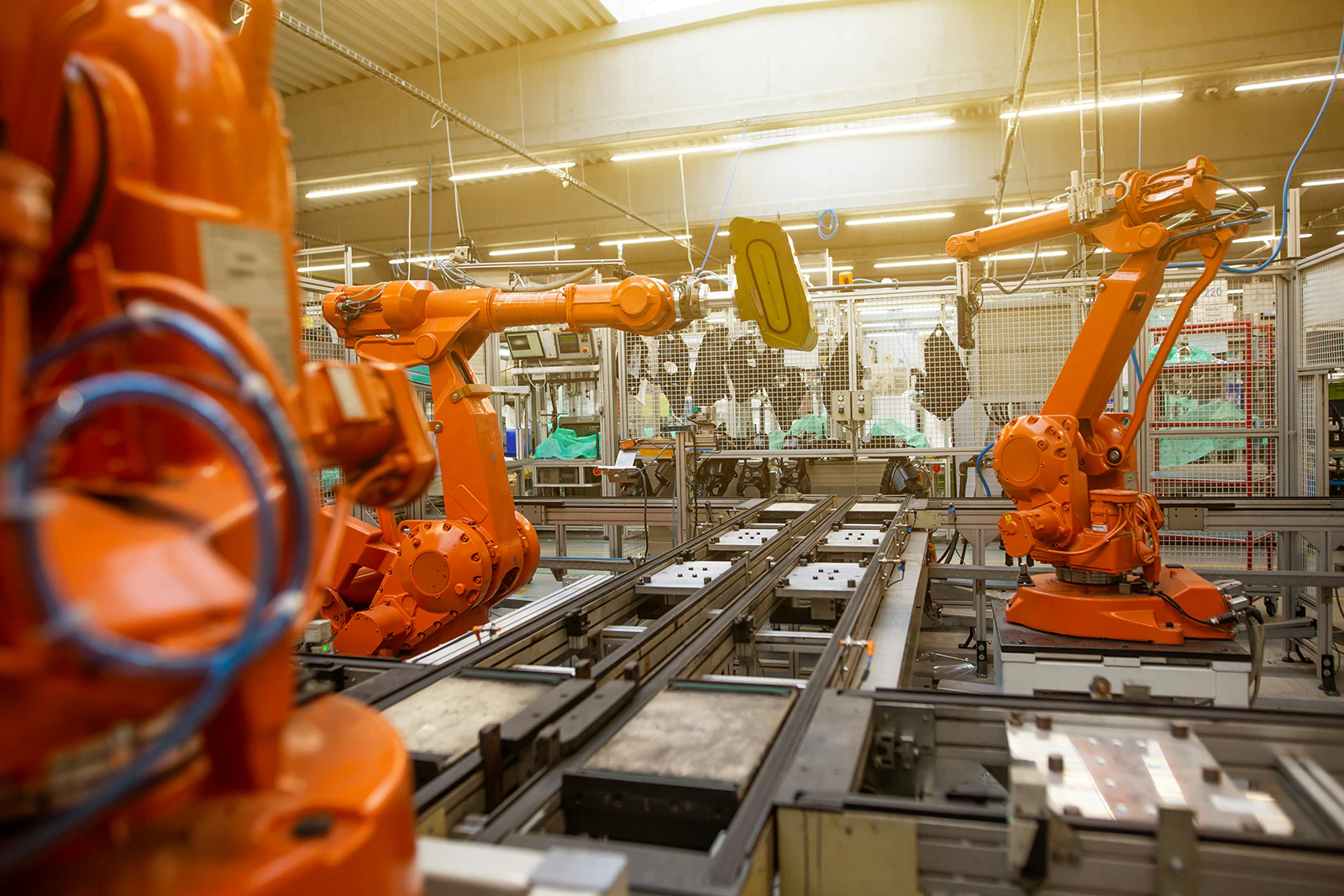
OEM, ODM, and OBM: What Are the Differences in Production? Understanding Manufacturing Models
In industry, production is based on different models: OEM (Original Equipment Manufacturer), ODM (Original Design Manufacturer), and OBM (Original Brand Manufacturer). These three approaches define the manufacturer’s role and the level of control the client has over the final product. Understanding these differences enables businesses to optimize their production, better manage their supply chain, and ensure the high quality of the final product.
OEM involves manufacturing a product according to precise specifications provided by the client. ODM includes the original design of the product by the manufacturer, who offers a ready-to-sell model to another company wishing to market it under its own brand. Finally, OBM encompasses all stages from manufacturing to marketing, allowing a company to produce and sell under its own brand name.
OEM: Manufacturing Based on Specifications
The OEM model is based on a manufacturer producing items under a client’s brand, following a specific set of requirements. This model is common in the electronics, automotive, and cosmetics industries, where a company contracts an OEM to produce a good it will later sell under its own brand.
The main advantage of OEM lies in reducing development costs and accessing technical expertise without having to make significant investments in research and development. However, the reliance on the manufacturer requires rigorous quality control, including sample testing and inspections, to ensure product compliance before market release.
ODM: Integrated Design and Manufacturing
The ODM model offers a more comprehensive solution by integrating original design and manufacturing. Here, the manufacturer develops a product in-house and offers it to a company that wishes to market a product without undergoing a lengthy and expensive development phase.
This model is widespread in mass production, particularly for electronic products and cosmetics. The ODM manufacturer invests in research and development and provides pre-designed models. The client company can then choose from the available models and apply its own brand identity. This approach saves time and reduces costs while benefiting from controlled quality and a turnkey service.
However, ODM offers less flexibility than OEM since products are designed according to standards set by the manufacturer. If a client desires a unique product, they should opt for OEM or OBM.
OBM: Full Development and Control
With OBM, the company manages the entire process: design, production, marketing, and distribution. This model targets companies that want to develop their own brand and control every aspect of the product.
OBM offers total independence and better quality control but requires significant investment in R&D, production, and marketing. It is ideal for businesses seeking to create a competitive edge through proprietary technology and strong branding.
However, managing OEM production in-house requires mastering costs, logistics, and market demands. This is a strategic choice reserved for companies capable of handling these challenges.
How to Choose Between OEM, ODM, and OBM?
Choosing between OEM, ODM, and OBM depends on a strategy tailored to the company’s resources and objectives. OEM, being the least expensive, allows for outsourced manufacturing without investment in design or branding. On the other hand, OBM requires substantial financial commitment, especially for technological development and brand building. ODM provides an intermediate solution: quick to market and based on existing designs while allowing for some customization. The level of control over the product also varies: full in OBM, limited in OEM and ODM. Lastly, building a new brand naturally leads to OBM, while a cost-optimization strategy will lean toward OEM or ODM. Whatever the choice, conducting a factory audit is essential to assess production capacity and quality control management.
Impact of These Models on the Supply Chain
Each model affects the supply chain and production process differently. With OEM, the client provides specific data and tries to ensure compliance. However, they generally control the product’s quality by applying suitable procedures. With ODM, the producer begins the product’s design and is responsible for its manufacturing. To ensure a certain quality level, they should conduct tests and inspections. With OBM, the company designs, manufactures, and directly markets its own product line. It therefore manages the entire supply chain. Thus, if design and sales are also handled, the final customer must remain vigilant to ensure production meets expectations. To ensure smooth delivery and cost reduction, proper logistics and sourcing are required. Finally, the end customer should forecast product sales before placing an order. This helps avoid overproduction, which could lead to reduced profitability.
In Summary
Choosing between OEM, ODM, and OBM depends on the company’s strategy, including key decisions regarding associated costs, control, and flexibility. OEM is an optimal option when businesses aim to outsource manufacturing while maintaining full quality control to limit investment costs. Conversely, ODM is an excellent fast and low-cost solution if businesses can market products that do not require initial design. OBM ensures brand loyalty by appealing to companies wishing to build and own their brand identity, though it demands heavier investment and more complex planning. All options offer various advantages and disadvantages, and the choice depends on a company’s needs, resources, and goals. A careful and thorough evaluation of the market and production process must be conducted for optimal development and long-term growth.



